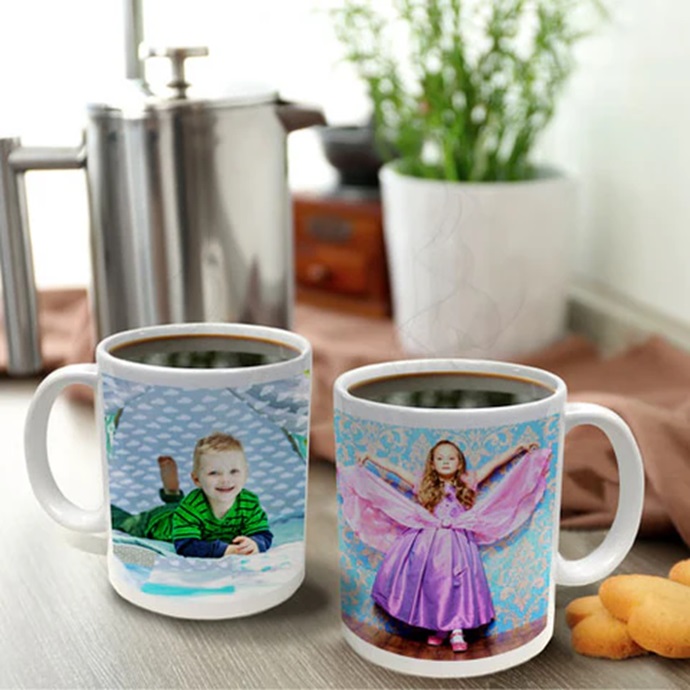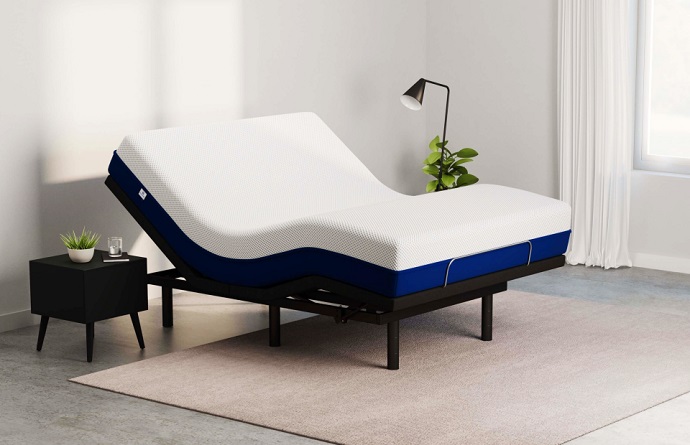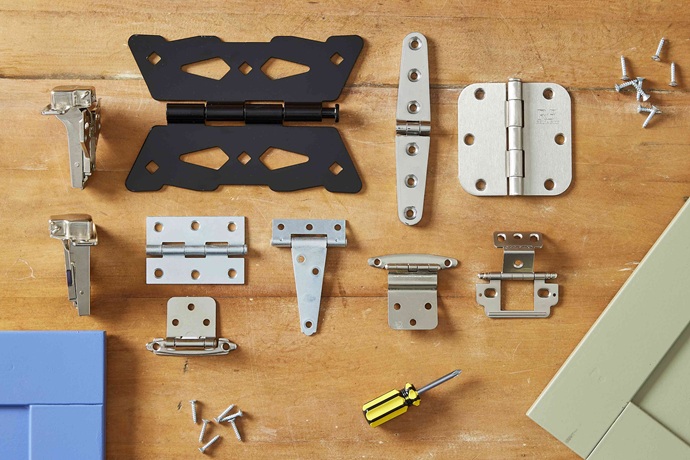With the hundreds of photos we take every year not many of them get a special place in our homes. While some of them should remain on our phones and computers for private views only, others deserve to be shown off, preserved, and treasured. One interesting way to do this is to have them printed on glass. Glass? Yes, the evolution of technologies in printing has given us the possibility to print on materials we never thought we can print on.
The process of glass printing allows us to convert normal glass into a piece of art by replicating a digital image on it permanently. And the possibilities are endless. From vibrant and detailed glass photo printing, printing on bottles and jars, to mirrors and window panes, screens, and glass doors as well as an array of other decorative elements, to glass posters and glass wall prints, the technique has unlimited possibilities.
How Does Glass Printing Work?
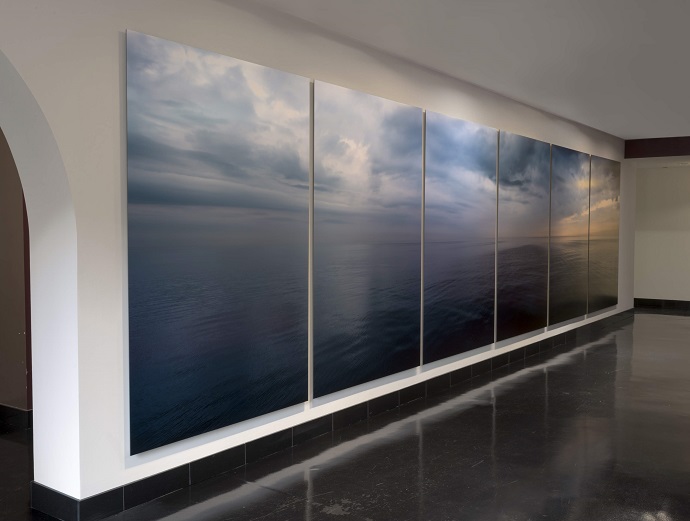
A lot has changed in the last couple of decades in the field of glass printing and with technology advancing at an incredible pace, we can expect a lot more. The main approaches are screen printing, digital ceramics glass printing, and digital UV printing.
The traditional ways of glass printing were done predominantly by using Screen Printing that included enamel inks and UV-cured inks, a lengthy process where every colour needs a separate screen. Another similar method was Glass Frit Printing using powdered glass or frits inks followed by a heat tempering process that fuses the ink onto the glass. This offers durability and can be used for outdoor applications as well.
With the era of Digital Printing, we found a new process that has dramatic results creating multi-coloured prints on bigger formats, something that was hard to achieve with the previous techniques. There are two different techniques, one with a flatbed digital printer with printheads that jet ceramic inks onto the glass, and the second one that removes the use of Glass Frits and Ceramic Inks.
Digital UV printing uses organic inks sprayed onto the glass, which is then curated employing ultraviolet light. This process dries the ink and creates a sealant on the glass. Ceramic printing is a different approach. The ink used here contains ceramic frit which is fused into the glass so the ink becomes integrated into it.
That’s Not All
The revolutionary Latex Printing Technology offered a new field of unexplored ideas. The pigmented, water-based inks that work without a solvent moved the glass printing in the direction of a more eco-friendly process.
By using the structure optimizer, colour, and anti-scratch overcoat, the prints are protected from exposure and can last extremely long. The different methods have different advantages, versatilities, and costs, and some offer more durability than others, but all of them have enormous potential in both industrial and commercial applications.
What Can You Have Printed on Glass?

Since the printing industry has gone through advancements in flatbed technology, companies can now print graphics, text, logos, and photo-quality images on glass for numerous applications. The beauty and versatility of glass as the material of choice bring opportunities that are yet to be tapped.
The latest developments in printers and inks have made it possible to print on a variety of surfaces, including mirrors, laminated glass, plexiglass, plate glass, etc. The uses can be just as diverse, from the huge segment of home décor and interior design to more commercial applications.
• Photographs – Glass photo printing allows you to preserve your beloved pictures and have them on display in your home. It gives you the possibility to personalize gifts in a unique way. Without the need to frame the glass photos are light and can be placed wherever you want. The prints on glass won’t fade or get damaged by moisture like photographs can, nor will they get wrinkled and stained. This is a perfect way to capture meaningful moments, wedding photos, dramatic landscapes, or artistic black-and-white photographs.
• Works of art – Regardless of the paper they have been created on can be printed professionally and beautifully, giving them a chic modern edge. You can have your kids’ artwork displayed incredibly easily.
• Glass Trophies and Awards – customized with a logo make a unique way to celebrate achievements.
• Packaging bottles, jars, and perfumes – will look their best with a design logo for high-end personalized presentations. Ideal for crafts and artsy endeavours.
• Signage boards, desk name plates, glass partitions, and elevator interiors – perfect for hotels, office spaces, and restaurants, adding to the company’s branding and impressing clients.
The Future of Glass Printing
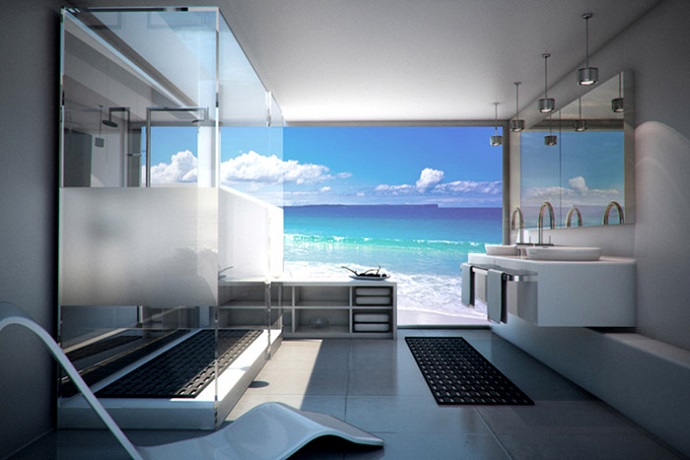
Given the fact that the glass printing industry is still in its infancy, we have a lot more to look forward to in the future. The growing market demand for a product that is so versatile, creative and at the same time environmentally friendly means that we have yet to discover the various options and purposes.
Apart from interior design and decorations, glass printing is finding its way into the automotive industry, architecture, and, the world of art and commerce. Wall art, art installations, and mosaics make stunning pieces. We can see more uses in the home in the form of cabinet glass inserts, countertops, tabletops, or glass cutting boards bringing interest and a one-of-a-kind look to everyday objects. The potential is huge.
To Wrap Up
The modern eye-catching display of images gives them a sophisticated look that never fails to impress. Whether you place them in your home or your office, you will have a unique and elegant presentation that you can enjoy. Prints on glass add value to surface design in a beautiful and functional way.
